Being Care-Full
-By Leila Behjat and Sam Bennett
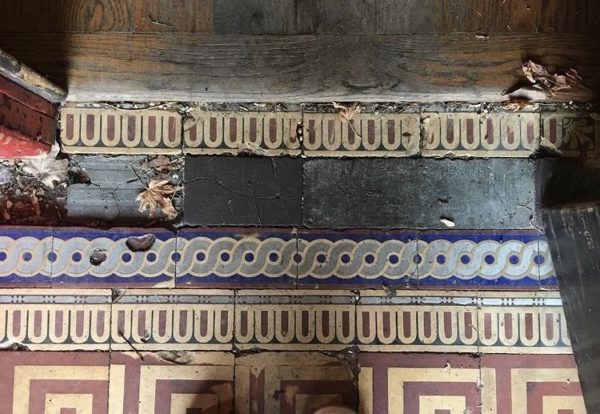
We have been grappling with the role of repair and upkeep; with their perceived value and real financial cost within the built environment. It’s not news that we are in a climate crisis and the construction industry’s role only exacerbates this. We (as the collective global whole) must shift our priorities by embracing the existing – caring for what we already have created, while celebrating its beauty as it ages and evolves.
In May we hosted “Who Cares? A conversation about the value of repair and maintenance from fixing bikes to building upkeep,” during Circular City Week – New York. Circular City provides a platform for knowledge sharing focused on a range of perspectives from design, environmental awareness, to rethinking consumerism. Our event wanted to explore the role and perceived value of repair while tracing a path towards a more sustainable stewardship. We brought together four protagonists that embody maintenance – bike restorer and retired architect Damon Strub, designer and artist Catherine Murphy, interior designer Sequoyah Hunter-Cuyjet, and architect Betty Rexrode, who shared personal stories of care from small objects to multi-building units. We hope that highlighting this topic plants seeds, makes connections, and motivates all of us to do better. You can watch our Circular City panel discussion in full here. Below are highlights from our conversations with our speakers.
____
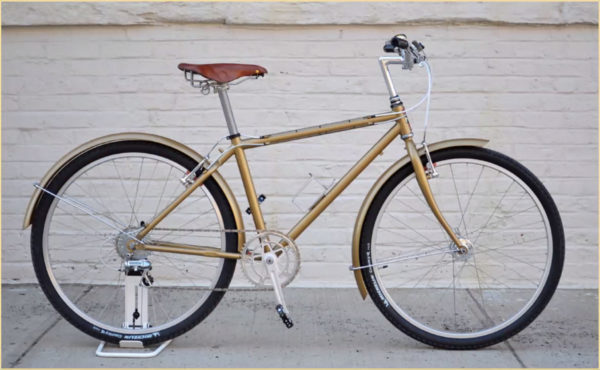
The Cyclical Life of A Functional Object
Damon Strub – Owner of Nomad Cycle
Since his youth, he has spent countless hours repairing and adaptively reusing worn out or discarded furnishings and machinery; just about everything from camper trailers to motorcycles to antique fans. He also managed to have a 30 year career as an architect restoring and adaptively reusing existing buildings. Throughout the decades though, he has been focused on bicycles. In 2014, he retired from architecture and started Nomad Cycle, a Queens, New York based bicycle shop that specializes in the restoration and adaptive reuse of vintage bicycles.
His shop focuses on four services: custom built bikes, restoration of vintage bikes, service and repair, and salvaged parts furnishings. So far, he has managed to restore over 300 bicycles and to repair and keep on the road countless others. Many are one of a kind, handcrafted, made to order bikes with a much lower environmental and social impact than buying a new bike and shipping it overseas. In addition to the environmental impact, Damon enjoys the stories behind the bike that he restores. During the restoration process, a lot of research takes place to understand how the bike was made, what needs to be changed, and what needs to be preserved, along with sourcing original pieces from ebay to rebuild it back to its original form. Beyond building, the bulk of Nomad Cycle’s work is repair. Many of his customers ride everyday and that means lots of service to keep them safe on the road. These small, but regular forms of maintenance, allows for bikes to stay on the road much longer. Damon reminds us that oftentimes, you can’t buy replacement parts for bikes older than 5-10 years, so his shop is filled with old spare parts. And then there is the case of parts that are beyond maintenance and repair. Instead of placing these parts in a landfill, Damon takes damaged frames and makes stools on wheels, wall hanging bike racks, and wind chimes to name a few. Like a bicycle wheel, Damon’s outlook is cyclical – maintain, repair, and make old new.
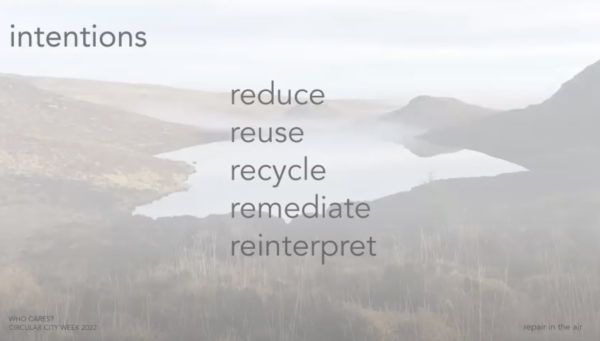
Embracing the Existing
Catherine Murphy – Interior Designer, Educator and Senior Researcher at Healthy Materials Lab
Catherine Murphy links her ways of working to her origin in rural Ireland where craft was all-present and to her specialization in embroidery. Work with weaving, stitching and textiles cross-pollinates with her work as an interior designer who focuses on renovation. What stands out is Catherine’s literal hands-on experience with materials. Working with your hands teaches you to think ahead. Catherine says,“When I think about things coming together, I first think about how they might come apart.”
In her renovation work, her ambition is to give existing spaces a new function, making the supreme effort to reuse what is there: beams become stairs, brick walls are cleaned and benign materials used to finish them. “I am very conscious of what I bring into a space and how it impacts people, the environment and their health,” Catherine states. The work begins with clarity in intentions:
Reduce, Reuse, Recycle, Remediate, Reinterpret.
These impactful words are written down easily, they inspire; and yet each one in its content asks for creativity, solution finding and perseverance – and time. Huge effort comes with the intention of making an object and a space live on – mindfully allowing it to tell its story and at the same time being fit for the needs of present time while also respectfully minding the future. Catherine concludes thoughtfully, “Arriving at meaningful solutions is an inevitably slow and difficult process. Nonetheless what I saw was: [attributing Atul Gawande from his book, Better] better is possible. It does not take a genius. It takes diligence. It takes moral clarity. It takes ingenuity. And above all it takes a willingness to try.”
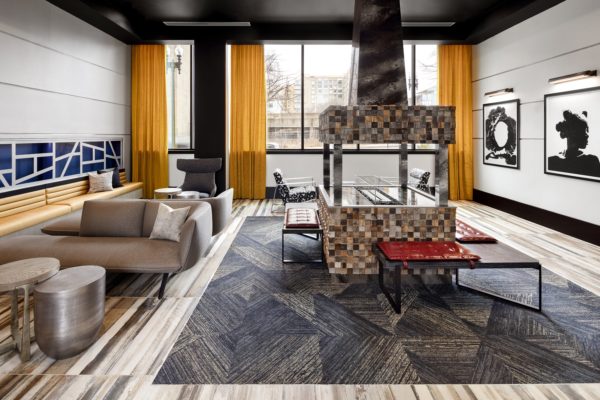
Maintaining the New
Sequoyah Hunter-Cuyjet – Interior Designer, Educator, and Vice President of Determined By Design
Trained as a visual artist and anthropologist, Sequoyah is one of the only Native Americans in the country to hold a Master of Fine Arts in Interior Design. She now works alongside other talented designers at Determined By Design, which puts empathy at the forefront. On a personal level, Sequoyah understands herself as a maintainer on a smaller scale – a conscious consumer that upcycles materials as well as carefully collects objects that remind her of her history. Professionally though, she works on a larger scope, designing high density new construction – like multi-story affordable housing buildings. These buildings are designed to have an “expiration date,” which oftentimes that feels deeply troubling. “My industry is the abuser,” Sequoyah boldly states. Construction and demolition waste have an extreme environmental impact and so it’s important to situate Determined By Design’s role in this problem. Not shy to complex issues, Determined By Design knows most affordable housing projects do not have a refresh or renovation schedule, so it requires being conscious and taking lots of care to give a space the longevity it requires.
This longevity centers around the people living there. Sequoyah believes that when spaces are designed beautifully, with the community, and reflect the community, people will take care of it. In addition, choosing higher quality and healthier materials, not only celebrate craftsmanship, but they last longer. Fueled by Determined By Design’s ethos “Pro-people, anti-luxury,” Sequoyah’s outlook is hopeful. She believes young people want to do what’s right, by pushing past the status quo of choosing profit over people. They care because they are left to maintain and repair the destruction that has come before them.
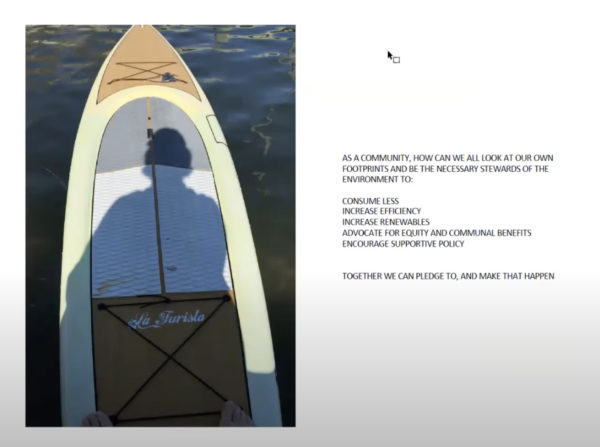
Restoring the Land
Betty Rexrode – Architect of Rexrode Chirigos Architects
Betty Rexrode of Rexrode Chirigos Architects makes us look beyond the space, the building, the city we live in and unto the water that surrounds us or, in transfer, the fields, plains, forests, the mountains.
Betty’s patient way of working on and with land on Oak Island adjacent to the Big City opens our eyes to a further level of care. Our attention is taken with Betty’s question, “How can we repair the damage that we’ve done to the environment? How do we care here, on this even bigger scale?”
Again, we encounter the value of learning about the matter, acquiring skills, allowing time. Betty waxes, “Empty shells used as mulch bleach in the sun […] before being returned to the waters to create new reefs for oyster habitat, […] interplanting [crops] allows each season’s growth to protect the next as they start to mature.” You have to know about this correlation and give space to allow for it to happen. It takes time, effort and exchange to be cognizant of these routines of nature.
There are interrelationships all around. We optimistically believe that the thinking and acting in fragments is finally one of a fading era; we need to develop a skill set to weave together the “what is now” with the “where it came from” and the “where it needs to head”. In a best case scenario, it must allow for that “where from – the now – where to” to repeat itself endlessly going forward.
_____
The Fellows’ reflections on “who cares” brought forward a stark observation on the community building factor of re-use or upkeep. As stated similarly by the panelists, the work with what is existing needs time, is full of uncertainty, of needing to figure it out and find solutions within the given. Exchange, the huddle around a piece that needs repair, are elements of a culture of mutual support that is necessary in these tasks. DIY videos are helpful but how much more potent are the personal interactions where one accompanies another? Repair and maintenance awakens the community, maintenance has the potential to take us out of our individualism.
As our fellowship and our research continues, we find ourselves more mesmerized by the immense potential of repair and upkeep; and, we discover more layers of complexity as we go. Upkeep, maintenance and repair are vital for a world that strives for circularity and a more mindful interaction with resources. The conversations highlighted here are continuing and we look forward to learning more with everyone on this path. We leave you with one question we continue to ponder and hope you will too: Is maintenance a privilege?